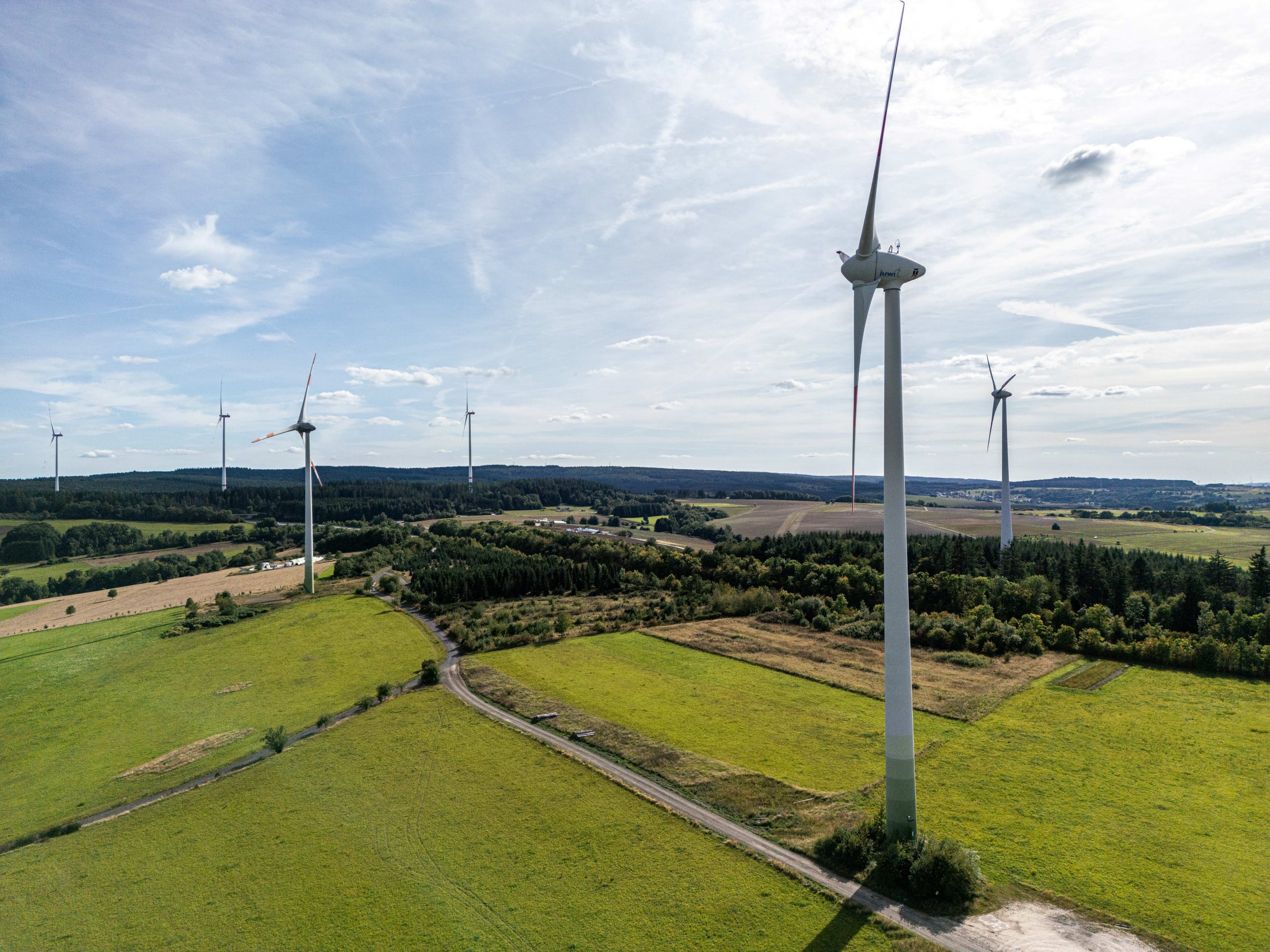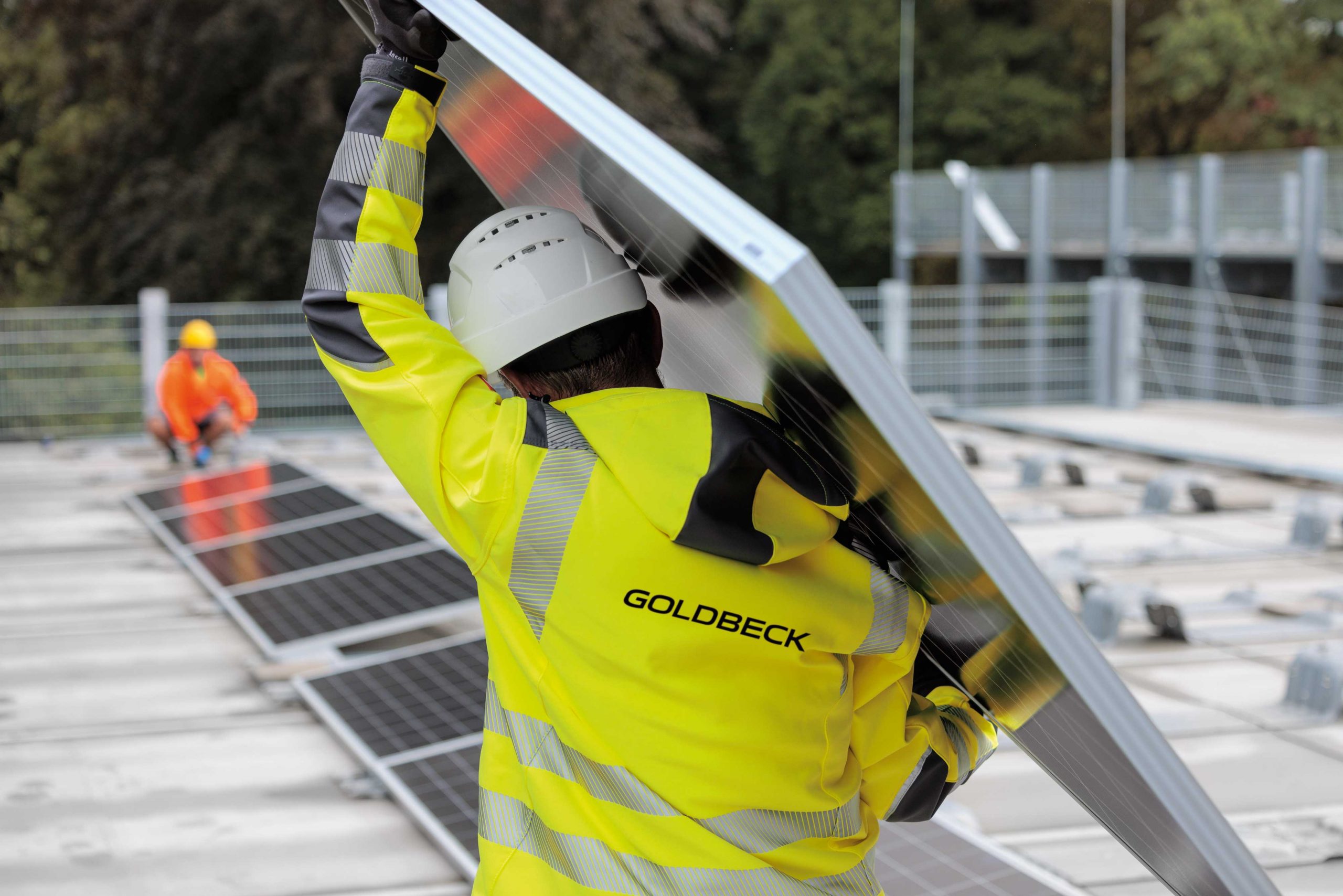In our advisory practice, we see numerous investment trends in the infrastructure sector. They come and go, sometimes convincing, sometimes not. Recently, however, no emerging asset class has inspired us as much as battery energy storage systems (BESS).
We have dealt intensively with the value-added processes of BESS plants in the energy spot and control power market, expanded expert networks from the fields of energy trading, software development, plant engineering, battery cell technology, law and taxes in a targeted manner and examined all critical questions from the investor’s perspective three times. This with one goal: the search for investment ideas with a plausible business plan in the foggy thicket of institutional infrastructure investments!
That’s what made us “fans” of BESS
The drivers of demand for BESS services are imbalances in the power grid. The massive expansion of “renewable energies” driven by the decarbonization mandate leads to temporary production bottlenecks and production surpluses, which must be compensated for by storage solutions, among other things.
BloombergNEF predicts that installed grid storage capacity in Europe will increase from around 15 GW today to around 375 GW by 2050. Europe therefore has a massive need to catch up – and a long-term investment path.
The diversification advantage of large-scale batteries compared to classic photovoltaic or wind farms with almost exclusively electricity price-dependent and/or PPA-based revenues is: BESS can “stack” several revenue streams (revenue stacking):
- Energy arbitrage in the day-ahead and intraday markets,
- Ancillary services (e.g. primary balancing power, FCR, aFRR),
- Network fee optimisation (e.g. in the case of co-location with industrial customers or data centres).
For institutional investors, this creates advantages:
- Diversification compared to classic renewables portfolios (counterweight to pure energy production with corresponding merchant risks),
- Infrastructure exposure with a potentially attractive risk/return profile at present (especially with forward-looking structuring),
- ESG-compliant allocation to real, physical assets of the energy transition.
Despite all the enthusiasm – there are also risks
The due diligence of target funds that have BESS as an investment object is not comparable to those that focus exclusively on PV and wind plants – it is much more complex.
Investors should first and foremost understand what risk allocation is agreed between funds as asset owners, asset operators and other parties, such as energy traders. Here, for example, the terms and conditions of the lease agreement for the BESS facilities play a major role.
In addition, there are strong differences in quality with regard to
- Manager-side sourcing access to BESS facilities and market fairness of the purchase price,
- Taking project development risks,
- Technology and safety of the plants (cell chemistry and software security against manipulation from outside),
- service life assumptions of the batteries,
- Assessment of market and price risks in the monetization of investments,
- Adaptation to possible regulatory changes (usage fees, construction cost subsidy)
Result
Large-scale battery storage systems (BESS) play a key role in the energy transition. In this way, they not only contribute to the ESG goals of many investors, but also currently give rise to good returns. The young asset class matures quickly and offers itself as an option for the infrastructure or alternatives quota of many investors – via funds, platforms or direct investments. We know from practice that the specific risks can be easily analyzed and evaluated.























